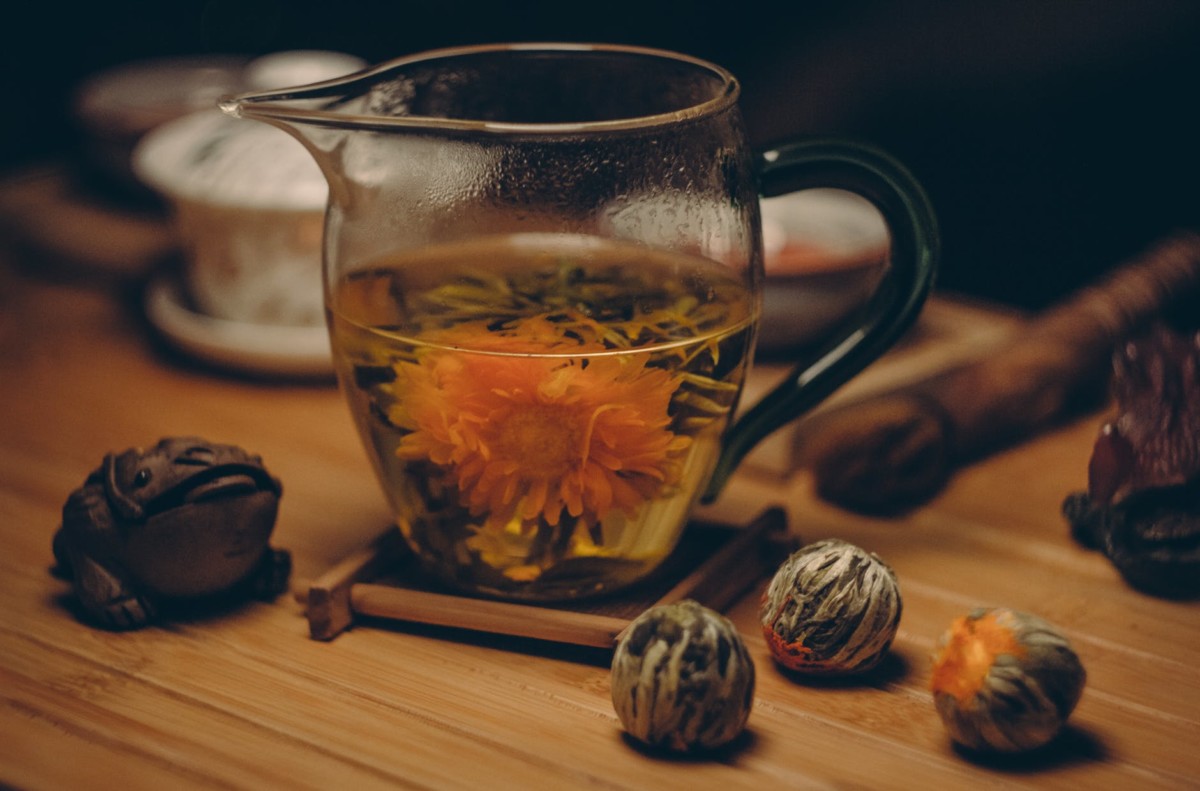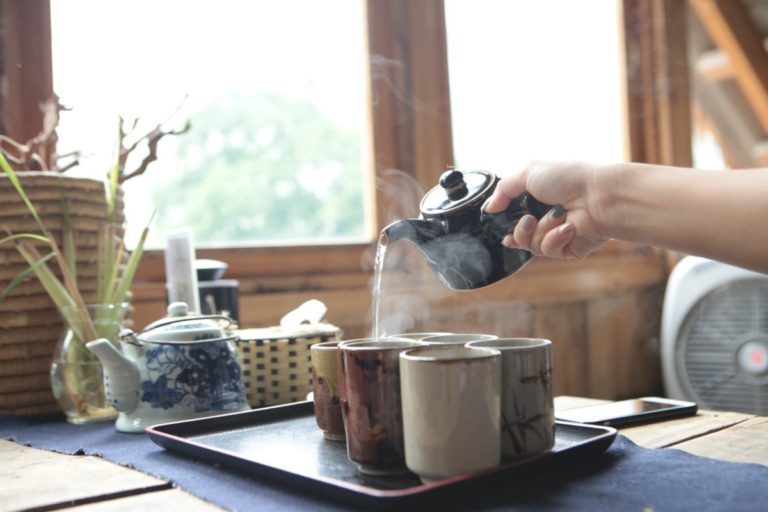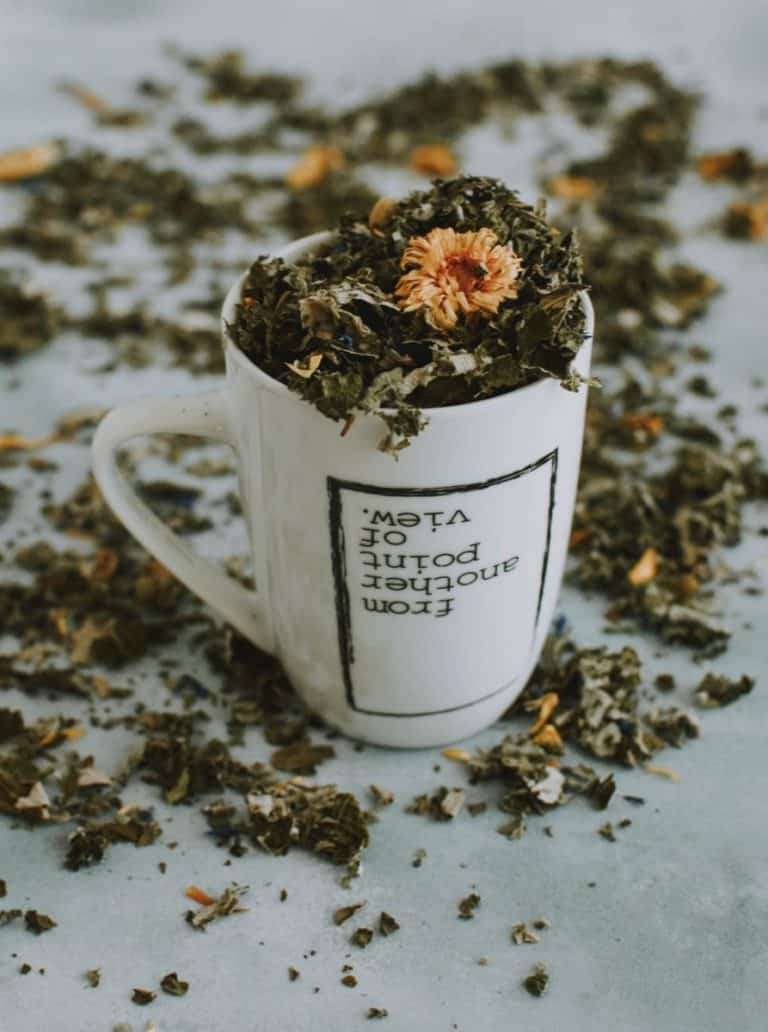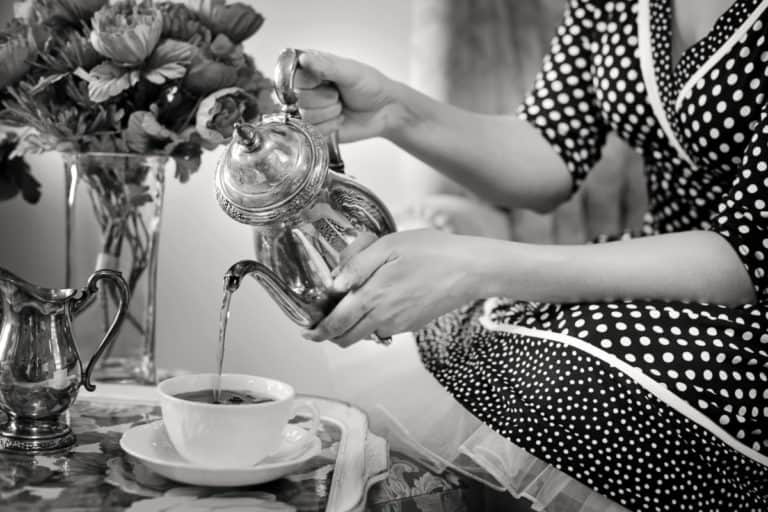What Types Of Tea To Serve At Afternoon Tea Party?
When throwing a tea party, it’s useful to have some background knowledge on the many kinds of tea, as well as the process by which they are produced and the regions from where they originate. This information will come in handy when choosing which kind of tea to offer or when responding to the inquiries of visitors who are unfamiliar with a certain type of tea.
This section offers a high-level summary of the many kinds of tea, although it only scratches the surface of what it is possible to learn about this topic. Just as with wine, you may develop your palate for tea, but it’s not necessary to do so in order to appreciate it.
It is difficult to think that just one tea plant is used to generate all of the numerous varieties of tea that can be found across the globe, yet this is in fact the case. The plant Camellia sinensis, from which all tea is derived, contains a number of distinct variations as well as a great number of subvarieties. These many types of tea bush have arisen as a result of the interaction of a number of variables, including climate, soil, altitude, and geographical location. A cup of tea made from a particular type of tea plant may have a taste profile that is distinguishable from that of other varieties.
Processed teas can be categorized into 4 major types:
- White – a tea produced in mainly China and Sri Lanka that is only gently processed after the leaf has been left to wither in the sun. The oxidation step that is typical in tea production is actively avoided in the manufacture of white tea.
- Green – a minimally oxidized tea mainly produced in China and Japan
- Oolong – a partially oxidized tea mostly produced in China and Taiwan that is less oxidized than a black tea but more than a green tea and falls somewhere between the two
- Black – a fully oxidized tea mainly produced in China, Taiwan, India, Sri Lanka, Indonesia, and some countries in Africa
There are several categories of tea that may be crafted from a single leaf type. Instead, these four varieties result from distinct manufacturing techniques used to the leaves throughout the production of the product. Because the amount of time that a tea leaf is oxidised for is the primary factor that distinguishes one category of tea from another, a newly plucked tea leaf has the potential to be employed in the production of any of the categories of tea.
On the other hand, the effect operates in both directions. The production method is also impacted by the kind of tea leaf that is used; some types of tea leaves are more suitable for making green tea, while others are more suitable for making oolong tea. It may be easier or more challenging to produce a certain sort of tea depending on factors such as the form of the leaf, the rate at which the tea bush develops, and the predetermined periods throughout the year when the leaves must be harvested. The majority of tea-producing areas specialise in the production of just one or maybe two varieties of tea, such as Japan, which mostly produces green teas. China is the only nation that produces tea of all different grades and varieties.
Even though there are only a few different kinds of tea, the tastes that may be achieved by combining them are almost limitless. There may be significant variations in flavour and quality due to a number of variables, including region, climate, and farming techniques, and the manufacturing process. In this regard, tea may be compared to wine in many ways. Connoisseurs of wine and tea both place a strong emphasis not only on the vintage of the beverage but also on the country or location from whence the grapes or leaves originated.
No two teas can ever truly taste alike, even from the same tea garden. One year, the weather might be extremely favorable and a very high-quality tea is produced but the next year, conditions may be extremely harsh on the tea plant and the quality suffers. Even within the same season at the same tea garden, the teas may not be identical because of the manufacturing process. Tiny details like the way a leaf is plucked from the tea bush to the amount of time that it is dried all affect the flavor.
Because of the variation, teas are often blended in order to keep the flavor between batches consistent. Teas that are unblended are called “single-garden estate” teas and are the fruit of a single tea estate. Their packaging often displays the address of the garden where the tea was produced. For tea blends such as an Irish Breakfast tea, this is impossible because the teas come from multiple estates, even multiple regions or countries depending on the blend. Teas are blended with the goal of producing a familiar-tasting tea, one that does not vary from year to year or batch to batch.
All of the tea varieties and tea blends in the world have their origins in the Camellia sinensis plant. For more about tea blends, check out the tea directory below which contains a brief directory of some of the most popular teas like Earl Grey, Jasmine, Darjeeling, English Breakfast, Russian Caravan, and many others.
Assam:
A quality black tea from the Assam district of India where the British first cultivated teas in India.
Bancha:
A Japanese green tea with low caffeine content and a weaker taste than other green teas.
Ceylon:
The former name for what is today the country of Sri Lanka. Many of the black teas from this country have this word in their name.
Darjeeling:
Black tea from the Darjeeling region of India is located in the foothills of the Himalayas. This tea is considered to be the best in the world by some tea connoisseurs.
Earl Grey:
A blend of black teas flavored with the oil of bergamot, a citrus fruit similar to an orange. This tea was reportedly given to the British Prime Minister, the second Earl Grey, as a diplomatic gift from china during the early 19th century.
English Breakfast:
A brisk blend of Ceylon, African, and Indian teas designed to complement greasy, fried breakfast foods like eggs and bacon.
Herbal Teas:
Also referred to as tisanes, herbal teas are not true teas because they are not produced with tea leaves from the Camellia sinensis plant but rather dried fruits, berries, flowers, roots, herbs, and leaves from plants other than the tea bush.
Irish Breakfast:
A blend of mostly Assam teas designed to have a strong flavor, pleasing to the traditional Irish taste.
Formosa Great Oolong:
A tea from Taiwan (formerly known as Formosa) is thought to be the best oolong by some.
Gunpowder:
A high-quality Chinese green tea that is tightly rolled into pellets that are said to resemble gunpowder.
Jasmine:
Usually, a green, oolong, or white tea is scented and sometimes blended with jasmine flowers.
Keemun:
A Chinese black tea with a hint of an orchid fragrance and a fruity taste.
Lapsang Souchong:
A Chinese black tea with a distinctive smoky flavor and aroma.
Masala Chai:
This translates literally to “spiced tea.” It is a black tea, usually, Assam, brewed with Indian herbs and spices.
Nilgiri:
An Indian black tea that is mostly used for blending.
Orange Pekoe:
A blend of Ceylon tea leaves (orange does not refer to the fruit). This term is also used for a quality grade tea leaf.
Pouchong:
Popular Chinese oolong tea is now also produced in Taiwan.
Russian Caravan:
A blend of Chinese black or oolong teas inspired by 18th-century trade between China and Russia.
Tencha:
A high-quality Japanese green tea that is used in tea ceremonies.
Yunnan:
A popular black tea from western China.





